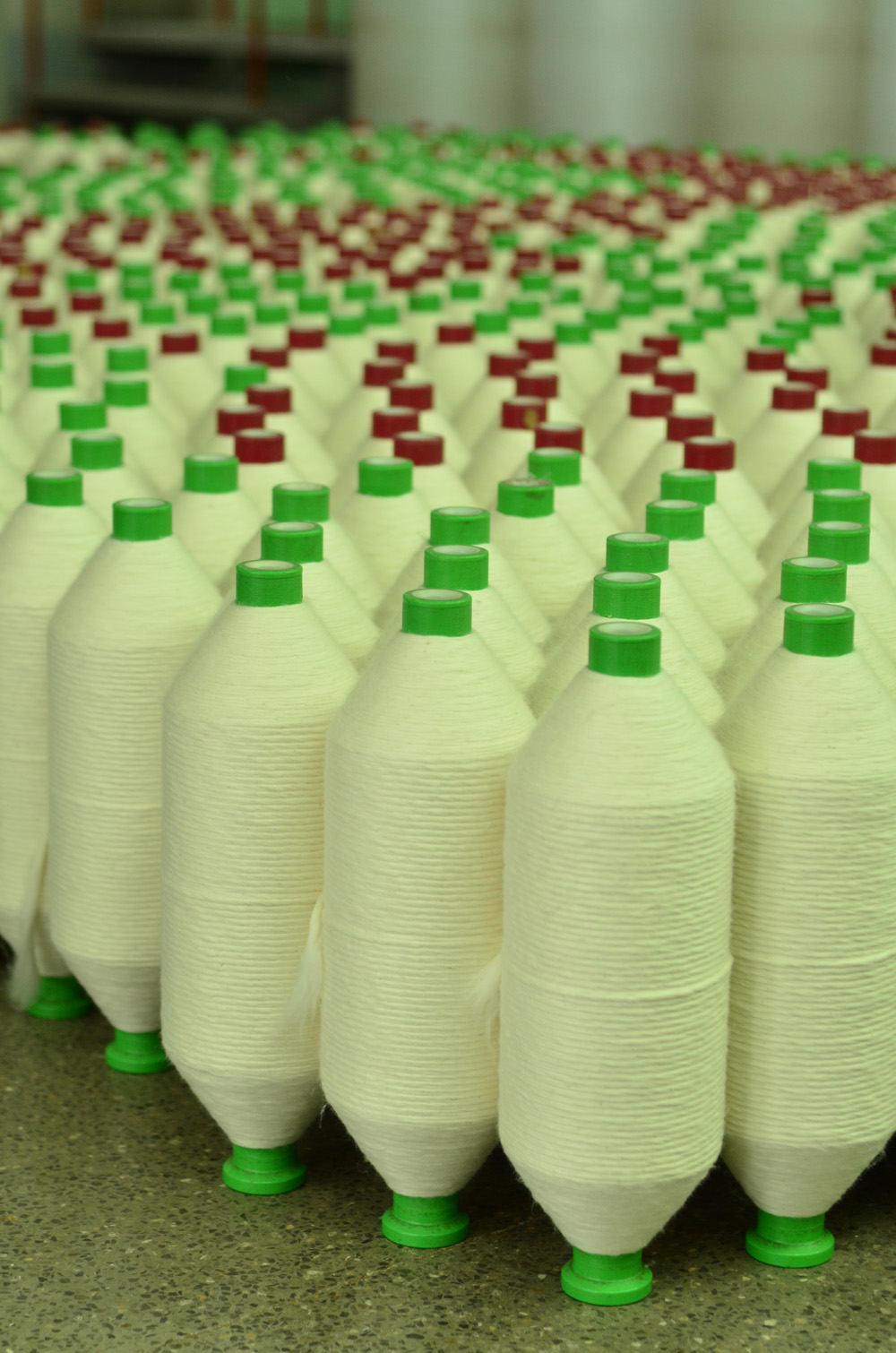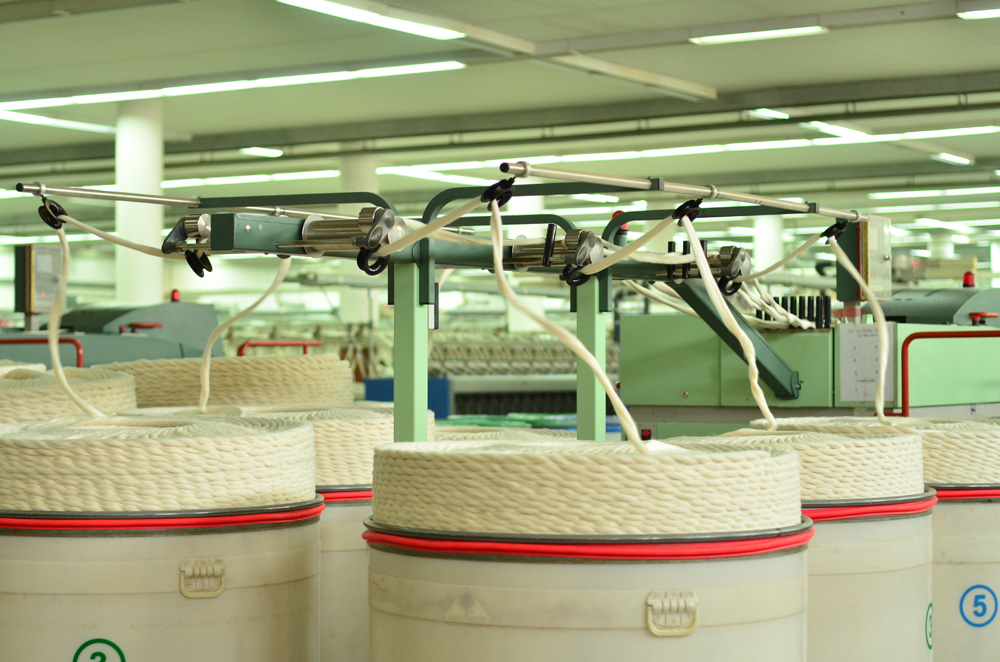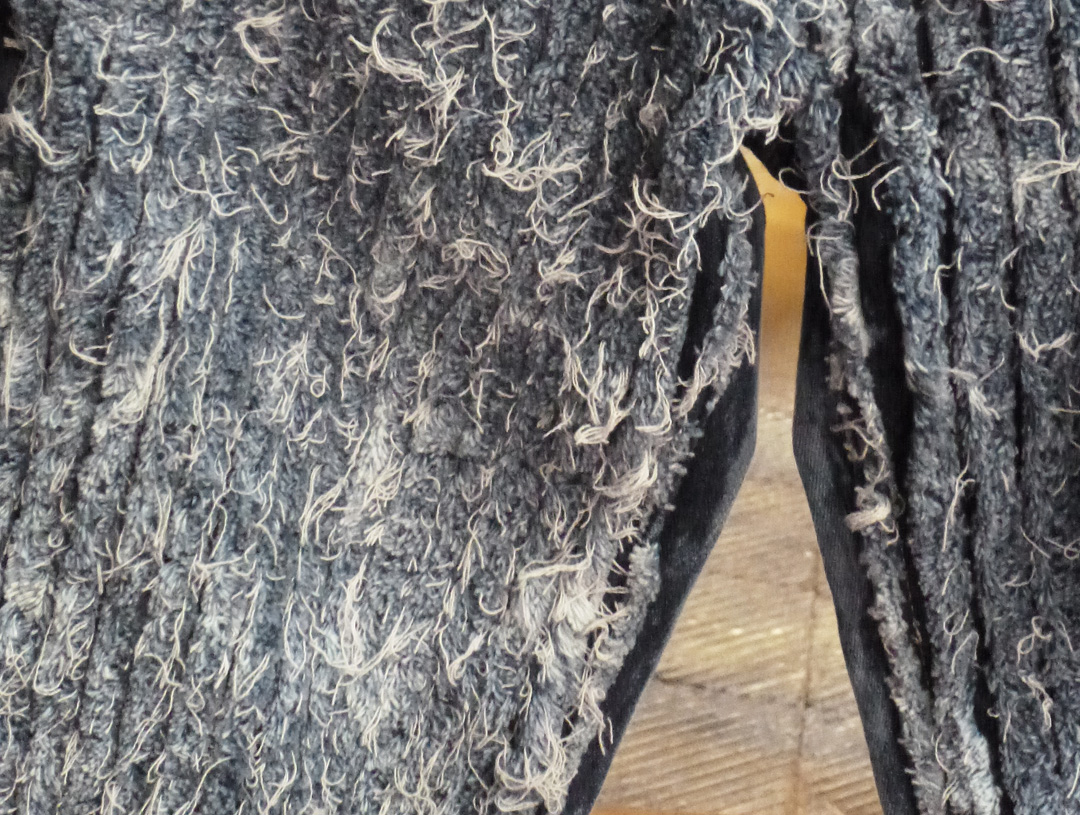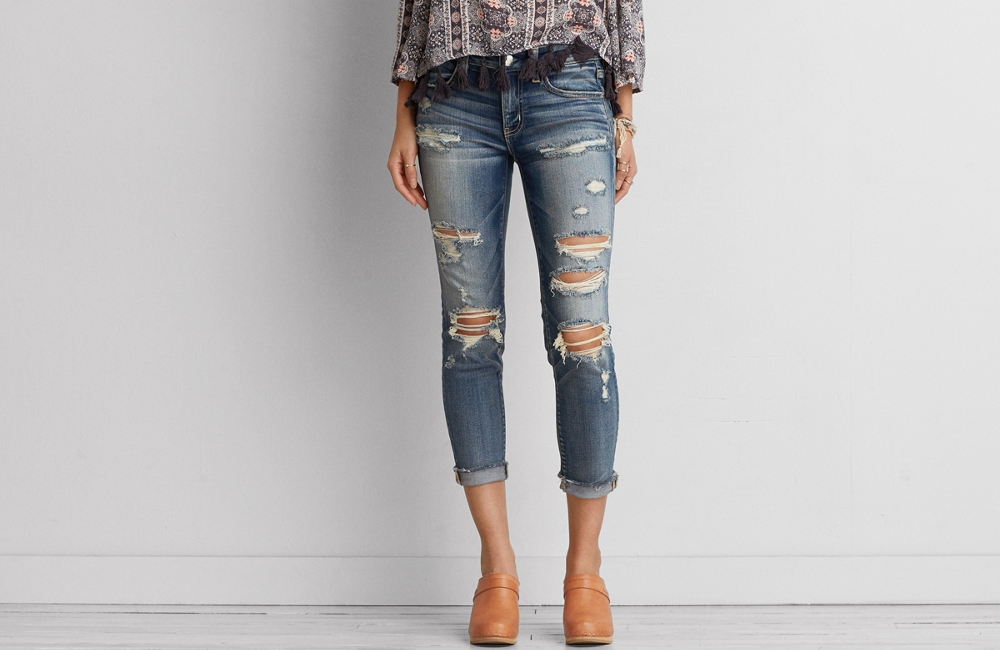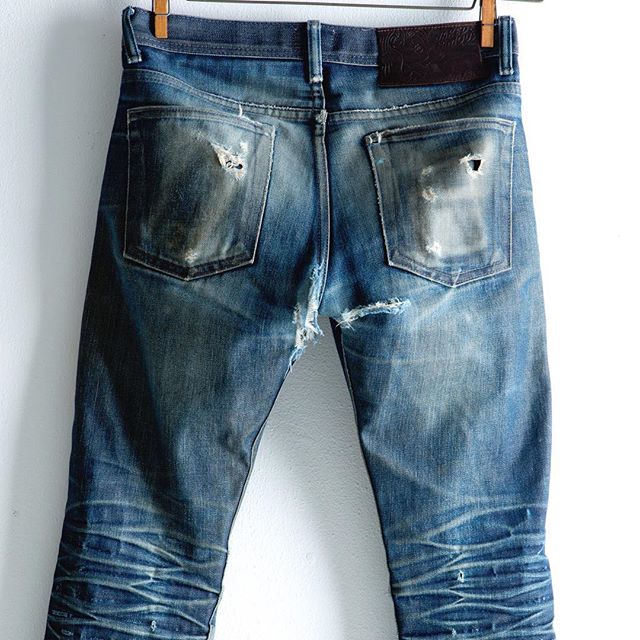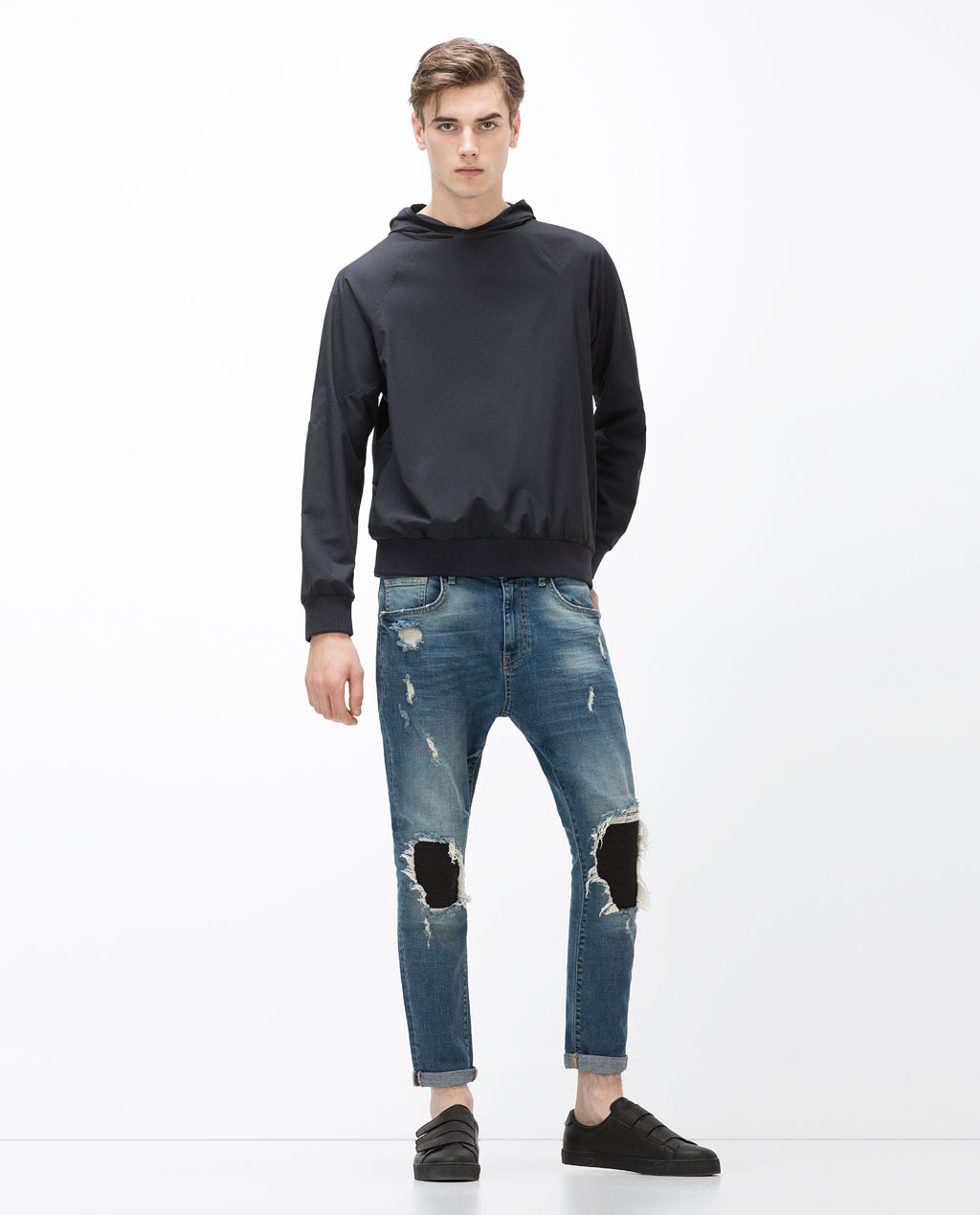Vintage - Ripping and shredding
Replica vintage Mexican boots. Rusted and degraded decoration and old leather thonging. Look great with bare legs and shorts. They are for sale in the Finds section
A real vintage denim kimono. Sleeves have been removed sometime in the past and it shows some signs of wear but this adds to its charm.
A pure natural indigo striped throw showing some signs of wear which adds to the charm of the piece. Can be worn as a chunky scarf or used as a throw.






